South Africa, is one of the most visited destinations in the world. Apart from the beauty that this country has, it also stands as a home to many interesting attractions that talk about the history and help you understand where the country is today. One of them is the Apartheid Museum. Even though South Africa is now Apartheid-free for the last 20 years, it always remains a scar in people’s heart. Not just the people’s heart but also in some attractions like Apartheid Museum and Mandela House. In the early 1900s, a legislature was released in order to segregate the non-whites from whites. It was in the mid of 1990s when Apartheid was on a full swing and it led to a stage where non-white people were given homelands to stay in, away from the whites.
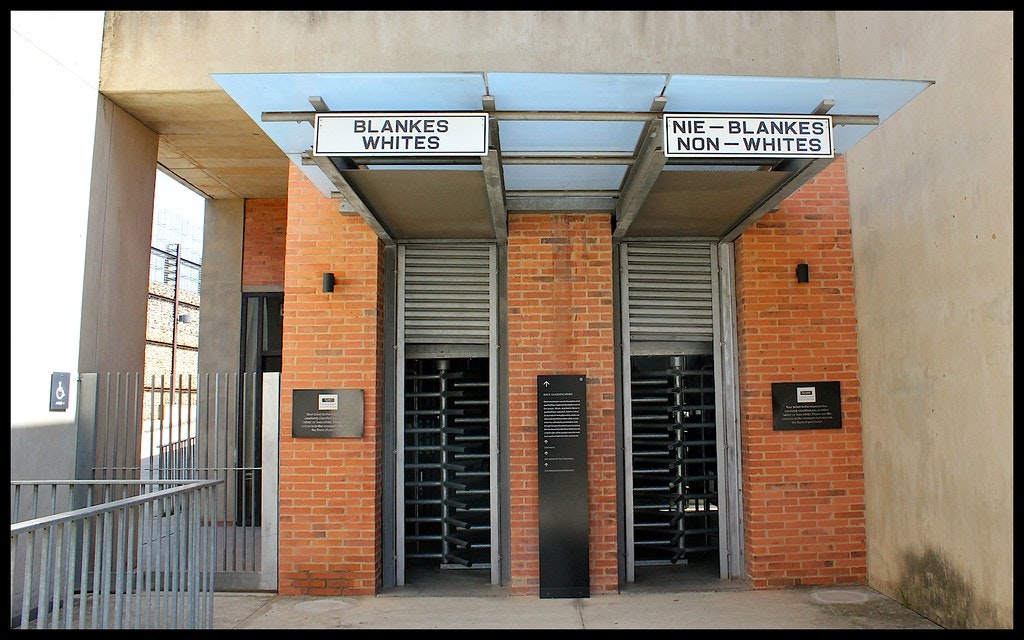
Apartheid museum
Located at the Gold Reef City campus in Ormonde, the Apartheid museum opened its door in the year 2001. This museum brings to life, the horrors of the Apartheid system. It is a tale narrating the story of the rise and fall of Apartheid. This museum not only focuses on the Apartheid but also on the entire history of the city and the amazing works of Mandela. It showcases the life of South African by photos, videos, paintings and artefacts in the museum. It gives hope for the rest of the world by seeing how the South Africans had dealt with the Apartheid system and what they have become today.
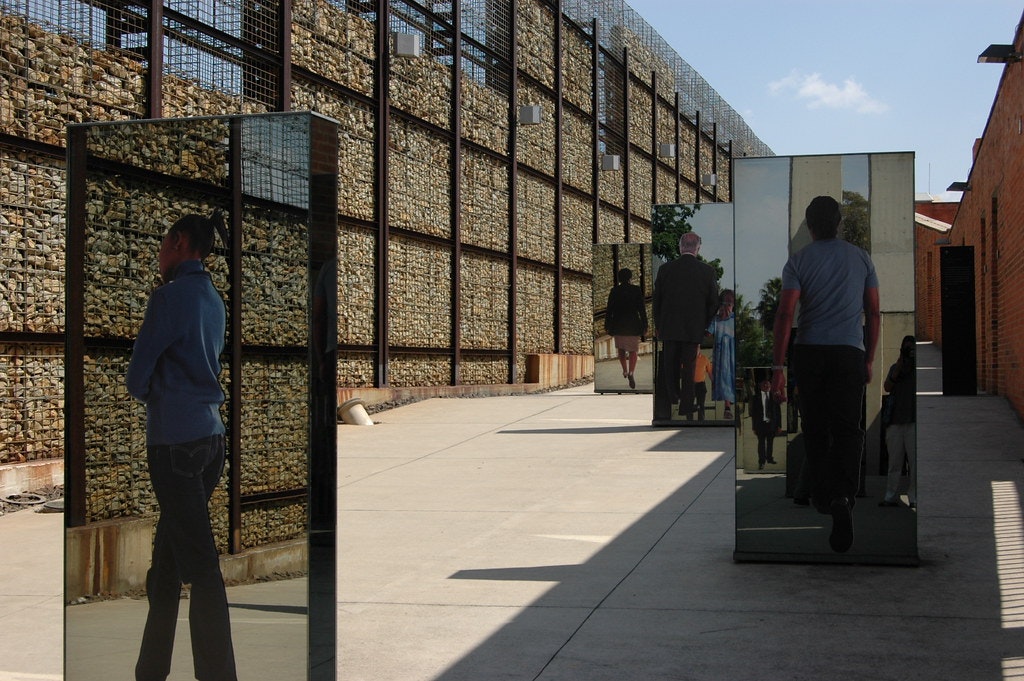
Attractions in the museum
While you enter the museum, you will find a variety of exhibits which would give you a pure insight into the Apartheid system and its laws. Apart from the permanent exhibitions, there are even some temporary ones which would take place based on different themes. Four of the main exhibitions will tell you about how Apartheid came into South Africans life and also about its laws. The rest of them includes violence, homelands and many more. One amongst the most amazing displays is the Pillar of the constitution. This has seven pillars which are Equality, Respect, Freedom, Diversity, Democracy, Responsibility and Reconciliation.
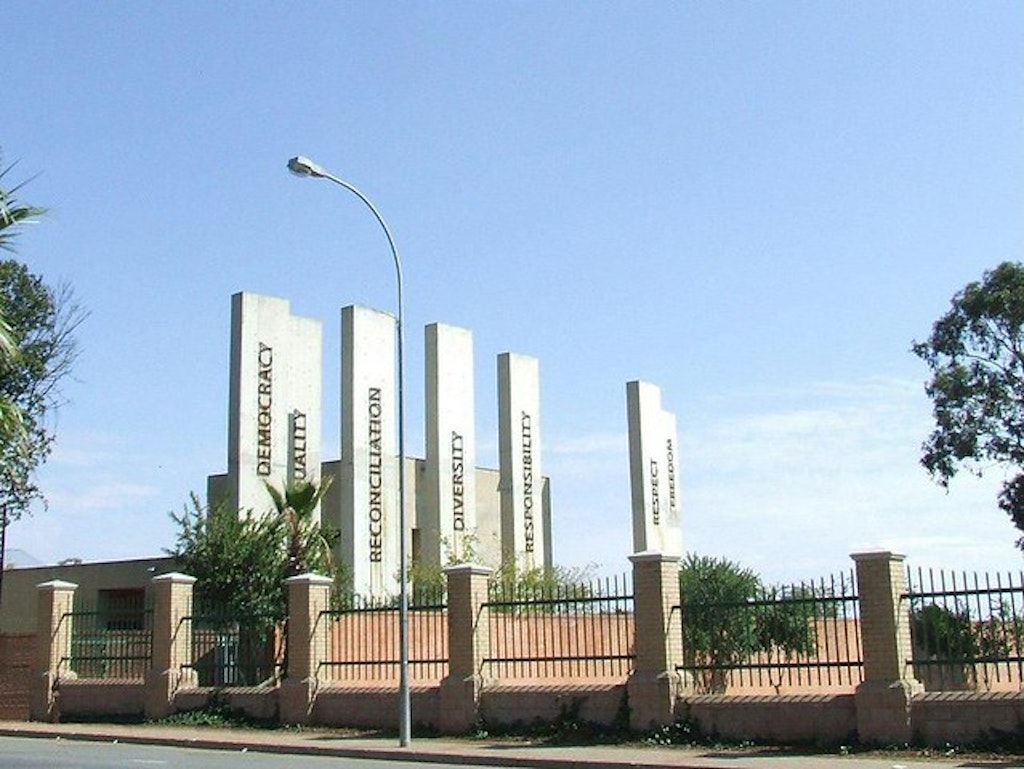
How to reach
You can either self-drive or take a taxi which would take 20 minutes to reach the Apartheid museum. You can also the red bus hop-on hop-off tours available which are highly recommended.
Entry fees and timings
The entry fees differ from people to people and here is the amount that one has to pay.
- For adults: ZAR 85
- Students and pensioners – ZAR 70
- School going kids – ZAR 40
- Teachers – ZAR 45
Operating hours: The Apartheid museum is open from 9 AM to 5 PM.
Interesting facts about the Apartheid museum
- Visitors to this museum will be classified into categories as white and non-white. You will be allowed to enter the museum only in your allotted gates.
- There will be a colour garden where you can pick any colour of your choice and place a stick in the garden. The mix of colour sticks placed by many people shows equality.
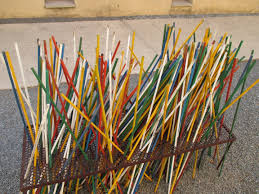
Points to not forget before visiting the Apartheid museum
- Guided tours are not available on Mondays.
- You might need to wait as the strength of groups shouldn’t exceed 15 people.
Plan a visit to this amazing attraction to know more about how much has South Africa transformed over the years. This place is way beyond the beautiful beaches and shiny resorts of the country. Why not visit the Apartheid museum and know more about the Apartheid? Experience the racial discrimination for a day. Check out the itineraries with Pickyourtrail and we would craft a perfect vacation for you!
Unwrap the World with Pickyourtrail!
Related Itineraries

Stunning 6 Nights Northern Lights Packages
- Flights excluded
- 4 star accommodations
- 3 activities
- Transfers excluded
₹ 64,954
Starting price/person

Fantastic 6 Nights Finland Northern Lights Tour Package
- Flights excluded
- 4 star accommodations
- 2 activities
- Shared transfer
₹ 69,369
Starting price/person

Beautiful 10 Nights Italy Honeymoon Package
- Flights included
- 4 star accommodations
- 9 activities
- Private transfer
₹ 1,32,869
Starting price/person
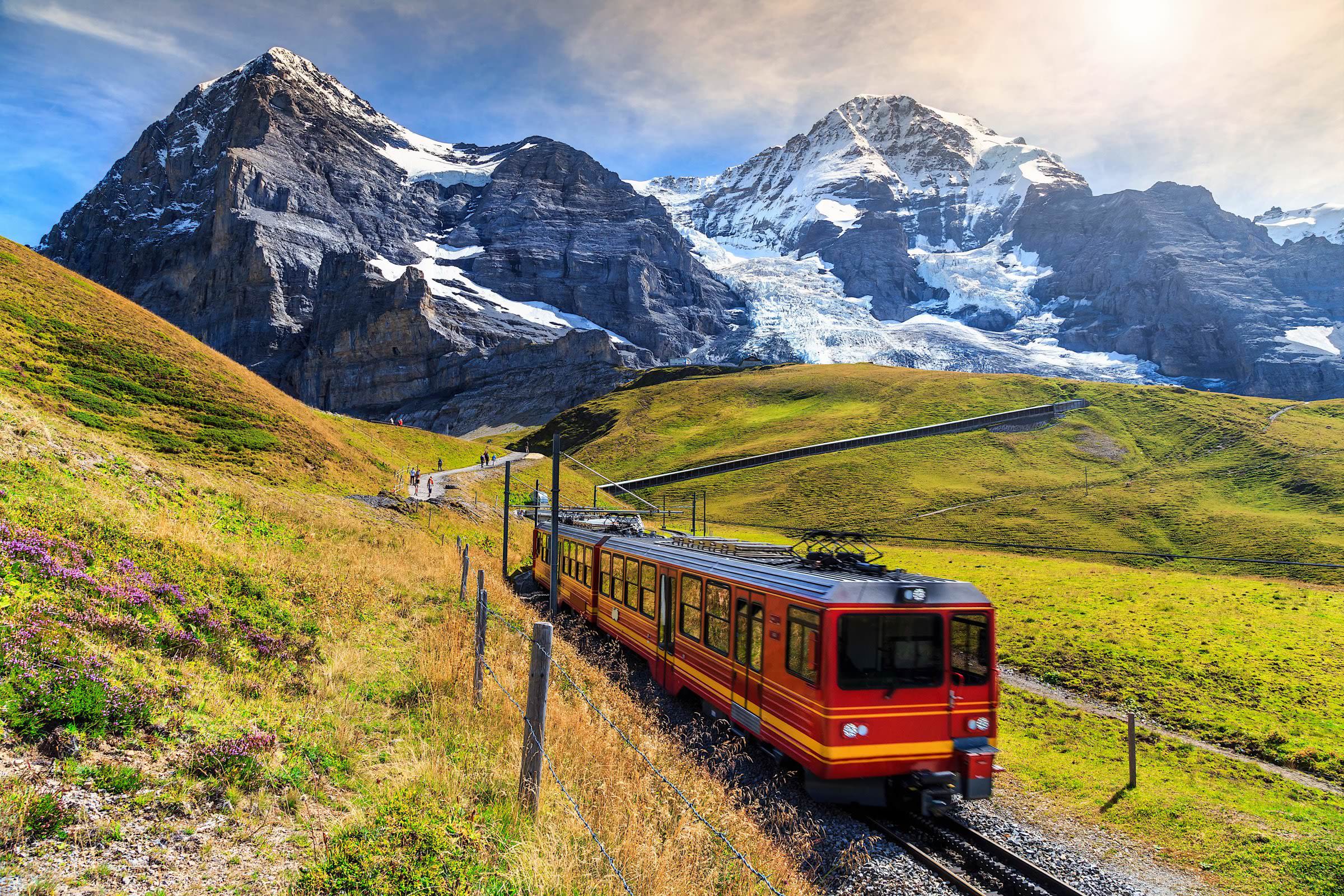
Ideal 6 day Switzerland Tour Packages for Family
- Flights included
- 3 star accommodations
- 3 activities
- Shared transfer
₹ 99,112
Starting price/person
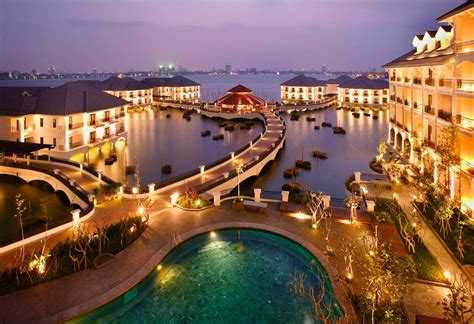
Romantic 8 Nights Bali and Vietnam Honeymoon Packages
- Flights included
- 4 star accommodations
- 6 activities
- Shared transfer
₹ 99,947
Starting price/person

Gorgeous 9 Nights Singapore Bali Honeymoon Packages
- Flights excluded
- 4.5 star accommodations
- 6 activities
- Shared transfer
₹ 90,953
Starting price/person

Magical 9 Nights Germany Vacation Packages
- Flights excluded
- 4.5 star accommodations
- 8 activities
- Private transfer
₹ 79,832
Starting price/person

Scenic 10 Nights Greece & Turkey Vacation Packages
- Flights excluded
- 5 star accommodations
- 6 activities
- Shared transfer
₹ 60,718
Starting price/person

Magical 7 Nights Croatia Tour Packages
- Flights excluded
- 4 star accommodations
- 10 activities
- Shared transfer
₹ 57,778
Starting price/person
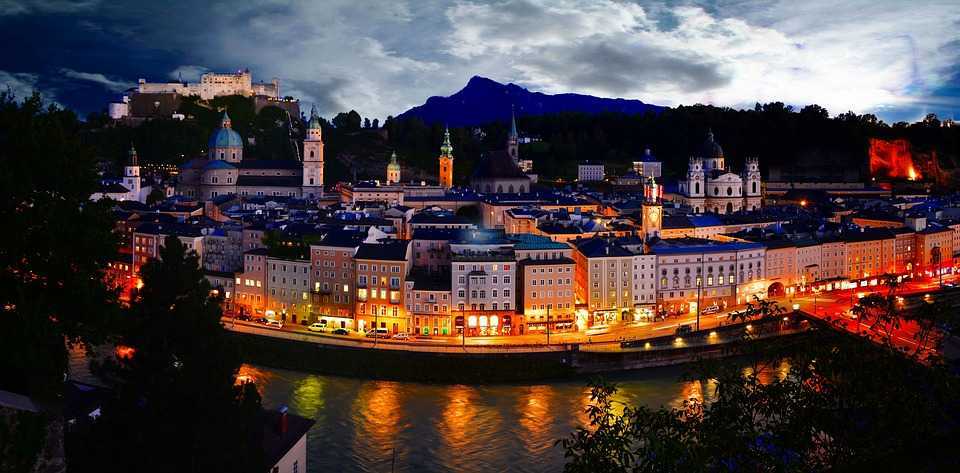
Beautiful 10 Nights Amsterdam Tour Package
- Flights excluded
- 4 star accommodations
- 8 activities
- Private transfer
₹ 1,84,115
Starting price/person



